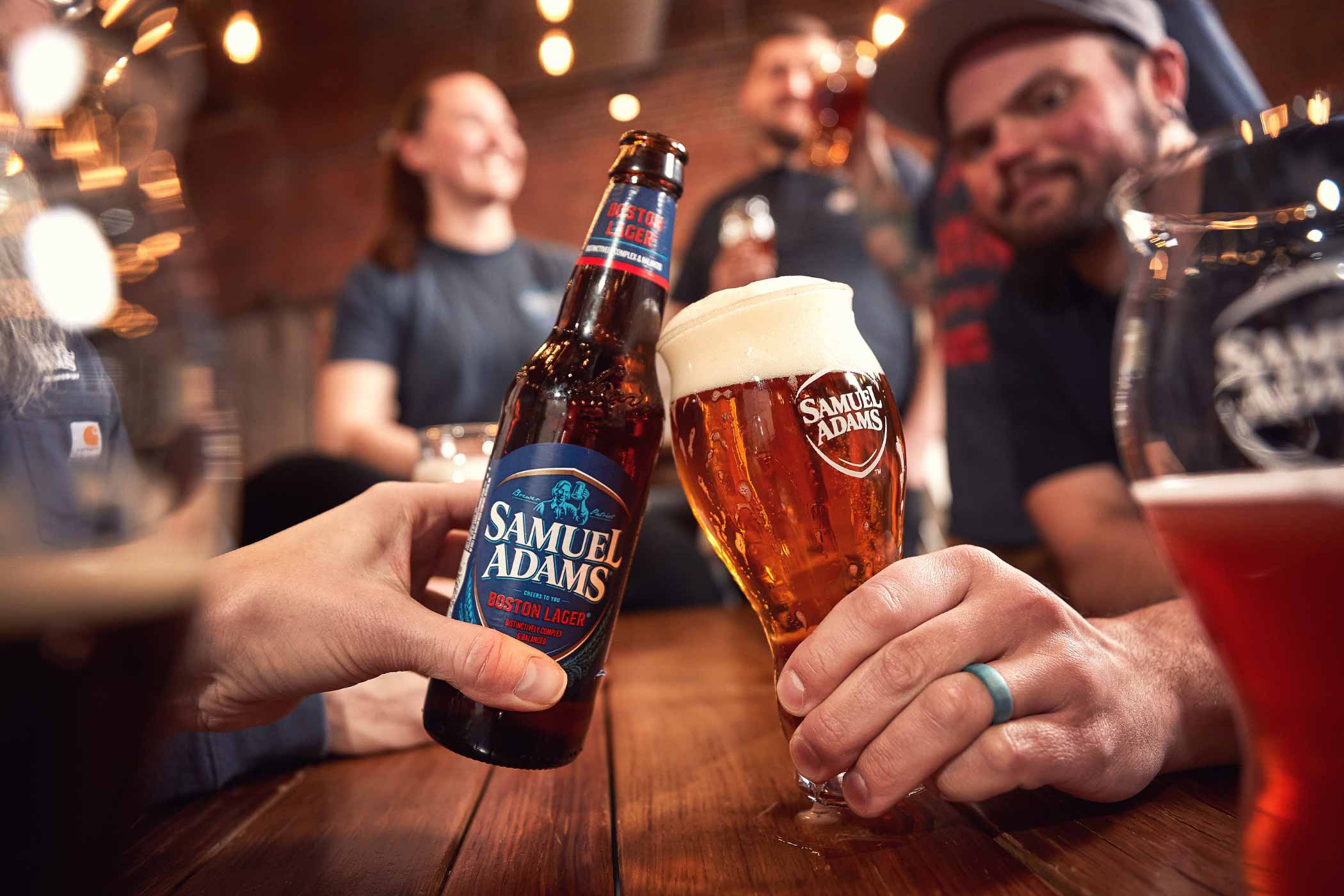
We’ve recently covered how to brew the best version of many European beer styles—primarily German. U.S.-based craft brewers have increasingly looked to bring styles like the doppelbock, Festbier, helles, Schwarzbier, or Marzen stateside, especially with consumers’ growing interest in drinking bottom-fermented beers. We’re adding another European style, the Austrian-based Vienna lager, to our database.
For a deep dive into the history of the Vienna lager, check out our great piece on Hop Culture. In short, Anton Dreher, owner of Brauhau zu Klein-Schwechat Austria, along with his brewing buddy Gabriel Sedlmayr, traveled through Europe in the early 1800s—much of the time devoted in Britain—and learned how to use brewing technology and techniques. The trip inspired both to make bottom-fermented beer and, with it, the Vienna lager.
While the style isn’t flooding the market by any stretch, it’s similar enough to other well-received old-world classics to earn a place in the ever-changing craft beer market. To learn more about Vienna lager, how to make it, and best brewing practices, we chatted with experts in the style from Devils Backbone Brewing Company and Boston Beer Company, whose legendary Vienna lager inspired the brand when first brewed in Boston Beer Founder Jim Koch’s kitchen four decades ago.
(Above photography courtesy of Boston Beer Company)
What We’ll Cover in This Piece:
If You're Not Using Ollie, You're Paying Too Much
If you're currently using a brewery software that isn't Ollie, you're paying too much. We know this because every brewery that switches to Ollie tells us that they're saving hundreds, if not thousands of dollars.
Learn more and start saving today:
How the Experts Define Vienna Lager
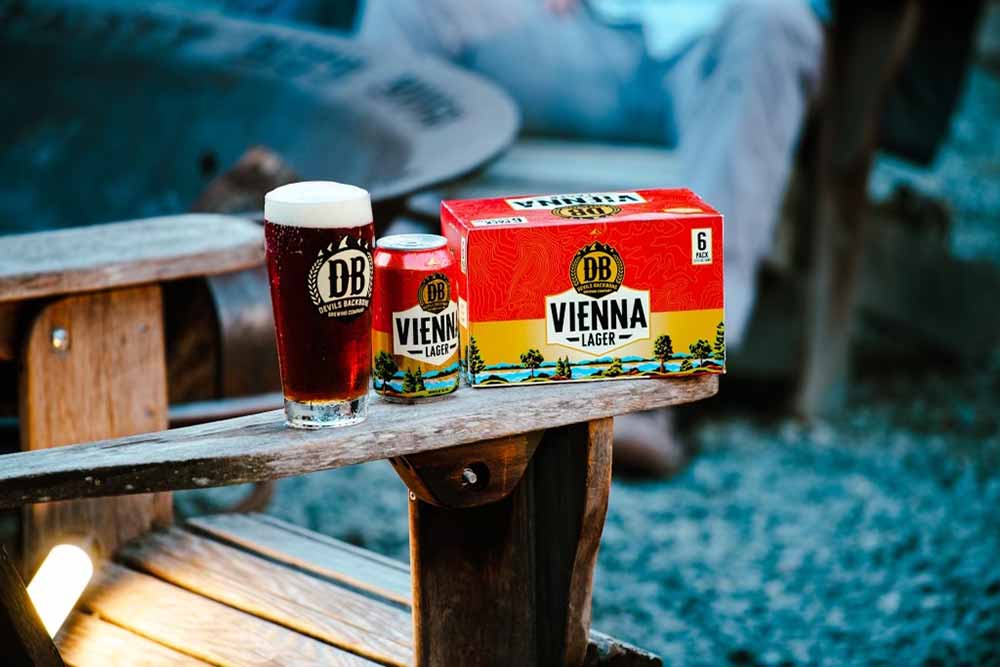
Photography courtesy of Devils Backbone Brewing Company
Devils Backbone Founding Brewmaster Jason Oliver is looking for a couple of things to come to the forefront with his Vienna lager.
“The best version of a Vienna lager would be a beer that gives you an inviting light chestnut hue,” Oliver says. “[As well as] pronounced malt flavor without being too heavy or sweet, with just enough hops to balance everything out.”
Boston Beer Company Brewing Manager of New Product Development Eryn Bottens agrees with Oliver, saying the style should have a malt-forward aroma and very little hop presence.
“Those malty notes should be … toasted grain, nutty, light toffee,” Bottens says. “With a slight hint of roast.”
What to Look Out for When Making a Vienna Lager
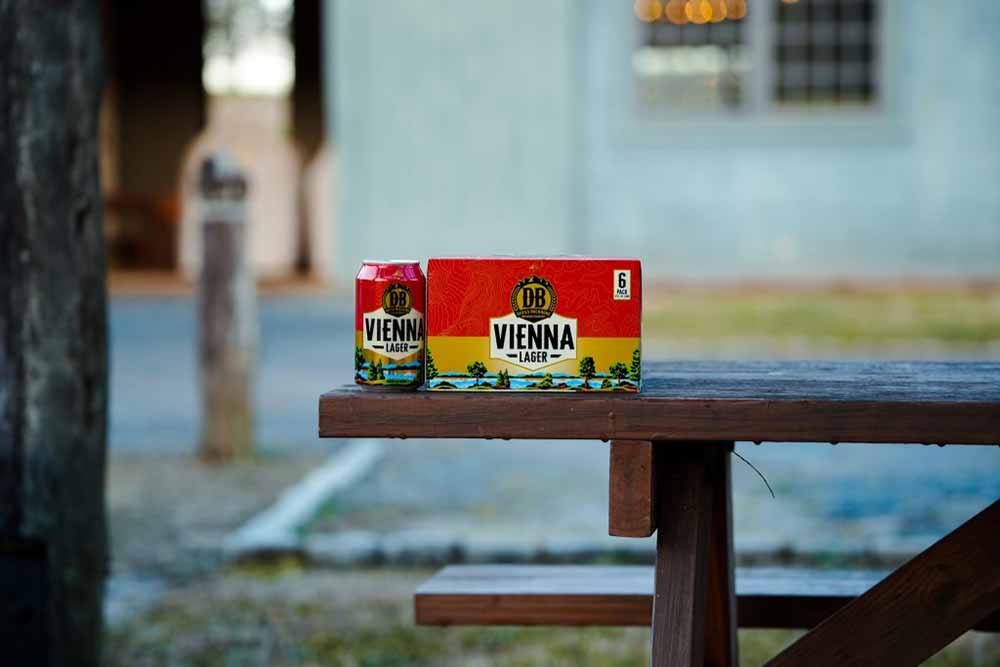
Photography courtesy of Devils Backbone Brewing Company
Bottens stresses the importance of the malt and achieving those nutty, toffee notes.
Vienna malt can help push those flavors, “but it’s not the sole contributor,” shares Bottens. “Decoction can help enhance those flavors from your malts but is not required by any means.”
Admittedly, Bottens says that the Vienna lager is just not a popular style, meaning it can be hard to find examples in the market.
“When you see one, grab one to try [to see] if this style interests you,” he says.
Bottens suggests having a baseline. If you have an amber lager recipe in your back pocket, he says that’s a good jumping-off point.
Oliver says that amber lagers tend to overlap within “the relatively new sphere we call beer styles.” He points to Märzen and Oktoberfest beers that have won awards in the Vienna lager category as a prime example.
“I suggest brewing a Vienna lager with the intent to brew a Vienna lager,” Oliver says. “Some attributes may overlap with other amber lager styles, but delicacy is the key to a Vienna lager.”
His best tip: “Use a large portion of Vienna malt.”
Oliver cautions that you need to keep the specialty malts in check, otherwise “the beer gets out of balance and can veer toward sweet.”
What Is the Ideal Grist for a Vienna Lager?

Photography courtesy of Boston Beer Company
Oliver explains how to balance that recipe.
“Our grist is Pilsner malt and Vienna malt, making up seventy-five-plus percent of the grist,” he says. “With the rest being Munich and Cara malts.”
Oliver says that Devils Backbone uses a pretty conventional step mash.
“Initially, we had a protein rest, but we ditched that ten or more years ago,” Oliver says. “Beta rest at sixty-four degrees Celsius, Alpha at seventy-two degrees Celsius, and mash-out at seventy-six degrees Celsius.”
Bottens says Boston Beer uses Munich and Vienna malts for the majority of the grist.
“We use forty percent Vienna, thirty percent Munich, and twenty-eight or twenty-nine percent pilsner,” Bottens says. “Maybe some dehusked Carafa for color and a little roast note. We use one to two percent of Carafa Special.”
For mashing, Bottens notes that they mash at 147 degrees Fahrenheit for a half hour, step it up to 155 degrees Fahrenheit, and rest it there for ten minutes.
How Should You Hop a Vienna Lager?
More than anything, hops should balance a Vienna lager.
“Keep it simple,” Bottens says. “Noble hops are great.”
Bottens adds, “Saaz or [Tettnang and] Sterling are a good alternative. Stick to early additions unless you want to push a little Noble hop spice, then adjust to add at the end of the boil.”
He stresses that there is no need for cold-side hop additions.
Oliver says their Vienna lager is not a very hoppy beer. In fact, it’s on the low end of the range.
“That said, we have two main hop additions: one at the boil beginning and one at twenty minutes before the boil ends,” Oliver says. “We use a combination of Magnum and Northern Brewer for bittering and Saaz for the flavor addition.”
Oliver adds that he believes the Vienna lager style works best with the IBUs somewhere in the range of eighteen to twenty-four.
What Is the Best Approach to Ferment a Vienna Lager?
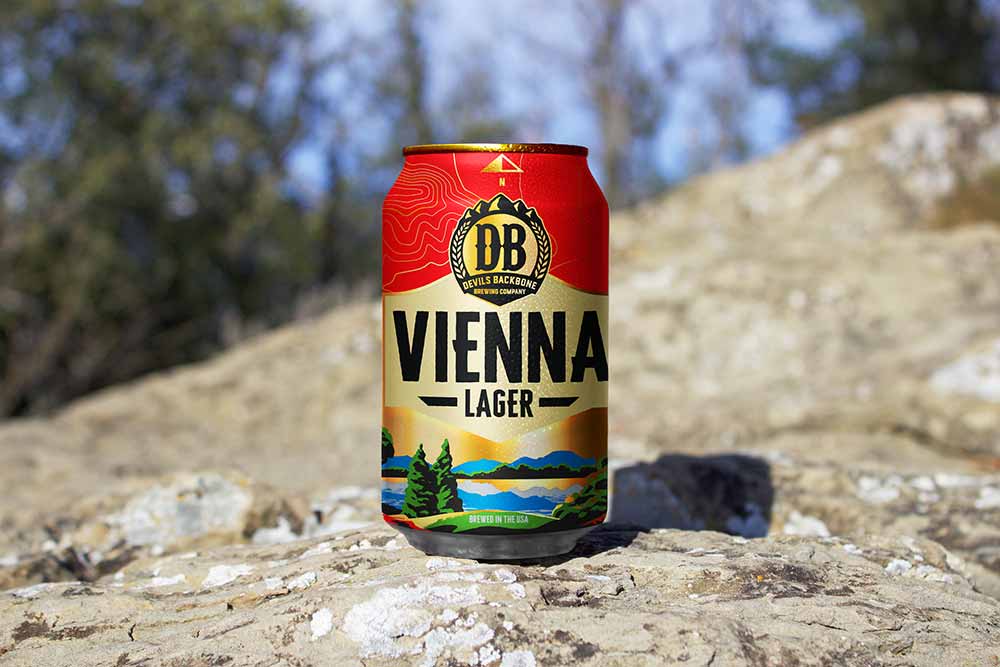
Photography courtesy of Devils Backbone Brewing Company
Oliver says he likes to use Augustiner lager yeast for the Devils Backbone Vienna Lager.
“I suggest cooling it between nine and ten degrees Celsius and fermenting it between ten and eleven degrees Celsius,” Oliver says. “A half to two-thirds of the way through fermentation, you can allow it to raise to thirteen to fourteen degrees Celsius to finish strong.”
Bottens opts for a different process with fermentation.
“We use a Franconian lager strain,” he says. “Our knockout temperature is fifty-three degrees Fahrenheit.”
Once it’s done fermenting, giving the beer time is necessary.
“We have a five-week minimum,” Oliver says. “I think six to seven weeks is ideal, with diminishing returns over eight weeks.”
Boston Beer has a tighter window for its Vienna lager.
“It’s about three and a half to four weeks [total],” Bottens says. “One week for fermentation, two for lagering—though it can go longer— and a few days for filtration and packaging.”
What Is the ABV Sweet Spot for a Vienna Lager?
The Beer Judge Certification Program says the style should be of “moderate strength” and have an alcohol content between 4.7% ABV and 5.5% ABV. Oliver sees that range a little tighter.
“Vienna should be about drinkability,” Oliver says. “So, I prefer something between 4.8% ABV and 5.4% ABV.”
Bottens says he leans towards the higher end with a “great range to work with [between] 5.1% ABV to 5.4% ABV.”
Two Great Examples of a Vienna Lager
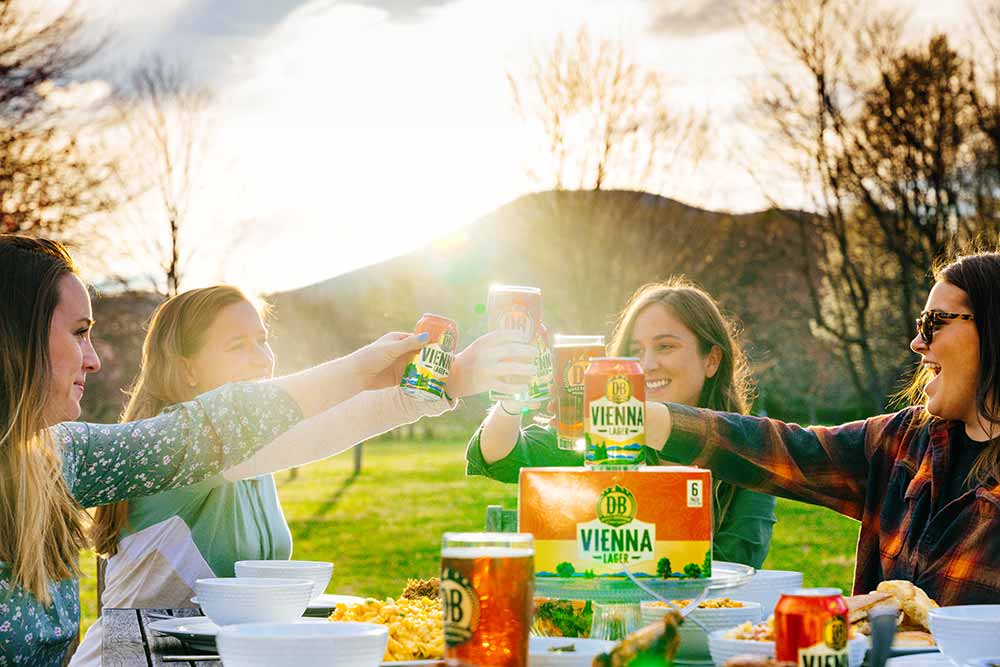
Photography courtesy of Devils Backbone Brewing Company
Boston Beer has done a few over the years, most notably its flagship Boston Lager. That beer is 5% ABV with thirty IBUs. Bottens notes that the brewery has also made several Vienna lagers for the taproom, aptly named Vienna Lager.
“These have been great studies on what malt percentages work, mostly variations on the grist,” Bottens says.
Devils Backbone deemed Vienna Lager its “Ol’ Faithful” on its Untappd page. The beer is 5.2% ABV and eighteen IBUs. Oliver says their Vienna Lager has changed very little since it was first brewed in 2008 at the original Devils Backbone brewpub.
“I would be most proud of two Vienna Lager brews we did in 2012,” Oliver says. “One was from our original brewpub, which won a gold medal at the 2012 World Beer Cup in the spring, and the other was the gold we won at the 2012 Great American Beer Festival in the fall from our production brewery.”



